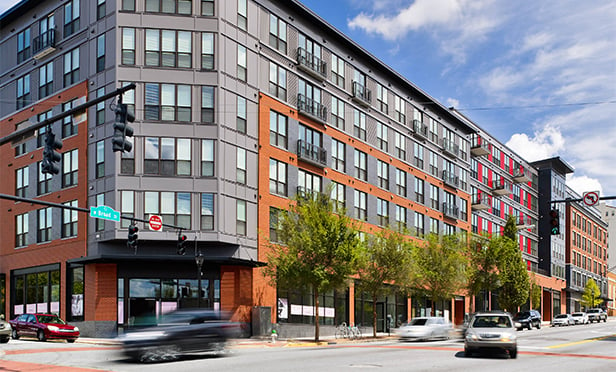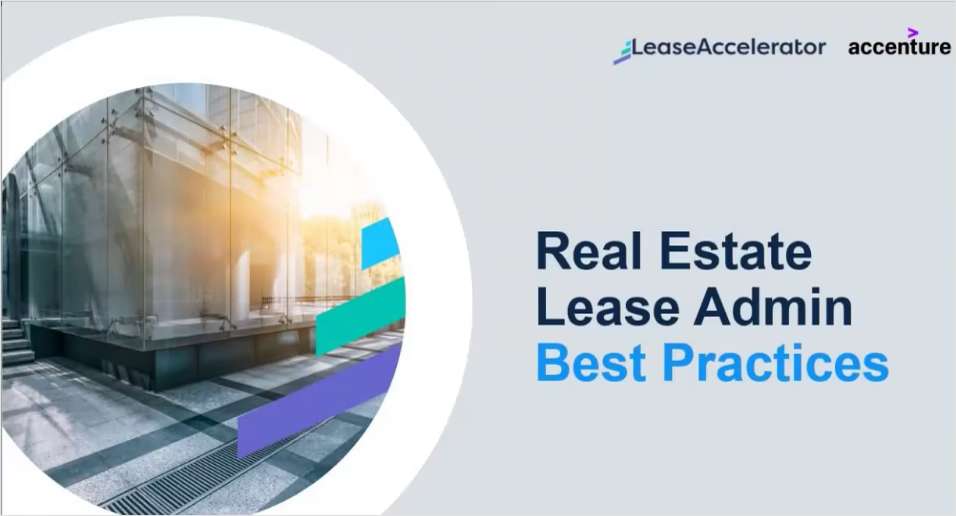SAN JOSE—Baby Boomers put high value on authenticity. That is according to Robin Weckesser, president of a3 Workplace Strategies, a workplace consulting group based in San Jose. In the exclusive Q&A below, he chats about Baby Boomer's “tell it like it is” mentality, demographic implications for workplace design and more.
GlobeSt.com: How have demographics changed at the workplace?
Five generations now work side by side in many workplaces: the “traditional” generation (born pre-1945), Baby Boomers (1946-1964), Generation X (1965-1980), Generation Y (1981-1995), and Generation Z (after 1995). We need to be sensitive to the different skills and attitudes of each generation as well as dramatic technological advancements.
GlobeSt.com: What are the demographic implications for workplace design?
Architects and project managers must develop work environments that reflect the culture and brand, help recruitment, enhance productivity, and boost the bottom line. The challenge is creating a healthy balance that addresses the commonalities of each generation and aligns with the objectives of the organization.
GlobeSt.com: How do the generations differ?
The oldest generation saw their parents struggle through the Depression and forged values formed by scarcity and sacrifice. That mindset often translated into a strong work ethic.
Baby Boomers, many of whom are now retiring, challenged traditional values. As this generation entered the workforce, mail was the only method of shipping documents, and rotary phones were the main communication technology. Having to adapt to new technologies has often proved to be difficult.
Gen Xers came of age with MTV and were weaned on music videos, alternative rock, and rap.Many were born just prior to the Internet, but all became comfortable with email, pagers, and smart phones.
Generation Y (Millennials) are generally very tech-savvy. Some studies predict they will switch jobs frequently, but newer research shows they change jobs for the same reasons as other generations—more money and creativity. They look for versatility and flexibility in the workplace and strive for a strong work–life balance.
Generation Z thrives on Facebook, Twitter, apps, YouTube, and texting. They live in an untethered world with ubiquitous connectivity and are always looking for the next new gadget.
GlobeSt.com: How do we overcome challenges as work divergence becomes more pronounced?
We need to rise above generational stereotypes. While Millennials may be considered tech-obsessed, entitled, and over eager, Baby Boomers may be perceived as difficult to train and set in their ways. Ideally, a successful workplace experience needs to support a melting pot of generations, personalities, perspectives, and talents coming together toward a common goal.
GlobeSt.com: How can we reach a common ground?
A goal should be an age-neutral workplace, but how do we get there?
Consider how the workplace is similar to the home, with a mix of private, social, and workshop spaces blended with indoor and outdoor environments. Consider the functionality of the entry, living room, kitchen, family room, bedrooms/offices, and garage and how this relates to the corporate work setting.
Workplace design should involve a holistic approach and include marketing, branding, sociology, urban planning, architecture, and cultural psychology. Creating a workplace that responds to this process requires an understanding of the organization, the demographics, product development, and communication patterns.
Meeting spaces facilitate interactions of all types. Casual spaces can be the perfect setting for relaxation while supporting team tasks. Private spaces allow for focused work and critical tasks.
Designers and project managers should consider openness, transparency, day lighting, and environmental comfort. Creating solutions that support worker efficiency, provide amenities, and combat noise and distractions are basic functional challenges. In striving to create a human-centered environment, organizations need to consider what resonates with each generation.
GlobeSt.com: What's the takeaway?
Baby Boomers put high value on authenticity. Years of experience have honed their ability to discern the truth and “tell it like it is.”
Gen Xers see themselves as a creative force behind the technological innovations that have transformed both the world and the workplace. Leery of the traditional, they're inspired by originality and imagination.
For all their ease with technology and the connections it enables, Millennials also seek the personal interaction and participation that face-to-face communication makes possible. They're comfortable connecting both ways.
GlobeSt.com: How can organizations succeed in this new world?
As “the office of the future” becomes a reality today, it's a new world with no “one size fits all” solution. But the project team that partners with management to address all these variables can develop a thriving, customized environment that meets individual and collective needs. Organizations that go this route are succeeding because they have reached common ground.
SAN JOSE—Baby Boomers put high value on authenticity. That is according to Robin Weckesser, president of a3 Workplace Strategies, a workplace consulting group based in San Jose. In the exclusive Q&A below, he chats about Baby Boomer's “tell it like it is” mentality, demographic implications for workplace design and more.
GlobeSt.com: How have demographics changed at the workplace?
Five generations now work side by side in many workplaces: the “traditional” generation (born pre-1945), Baby Boomers (1946-1964), Generation X (1965-1980), Generation Y (1981-1995), and Generation Z (after 1995). We need to be sensitive to the different skills and attitudes of each generation as well as dramatic technological advancements.
GlobeSt.com: What are the demographic implications for workplace design?
Architects and project managers must develop work environments that reflect the culture and brand, help recruitment, enhance productivity, and boost the bottom line. The challenge is creating a healthy balance that addresses the commonalities of each generation and aligns with the objectives of the organization.
GlobeSt.com: How do the generations differ?
The oldest generation saw their parents struggle through the Depression and forged values formed by scarcity and sacrifice. That mindset often translated into a strong work ethic.
Baby Boomers, many of whom are now retiring, challenged traditional values. As this generation entered the workforce, mail was the only method of shipping documents, and rotary phones were the main communication technology. Having to adapt to new technologies has often proved to be difficult.
Gen Xers came of age with MTV and were weaned on music videos, alternative rock, and rap.Many were born just prior to the Internet, but all became comfortable with email, pagers, and smart phones.
Generation Y (Millennials) are generally very tech-savvy. Some studies predict they will switch jobs frequently, but newer research shows they change jobs for the same reasons as other generations—more money and creativity. They look for versatility and flexibility in the workplace and strive for a strong work–life balance.
Generation Z thrives on Facebook, Twitter, apps, YouTube, and texting. They live in an untethered world with ubiquitous connectivity and are always looking for the next new gadget.
GlobeSt.com: How do we overcome challenges as work divergence becomes more pronounced?
We need to rise above generational stereotypes. While Millennials may be considered tech-obsessed, entitled, and over eager, Baby Boomers may be perceived as difficult to train and set in their ways. Ideally, a successful workplace experience needs to support a melting pot of generations, personalities, perspectives, and talents coming together toward a common goal.
GlobeSt.com: How can we reach a common ground?
A goal should be an age-neutral workplace, but how do we get there?
Consider how the workplace is similar to the home, with a mix of private, social, and workshop spaces blended with indoor and outdoor environments. Consider the functionality of the entry, living room, kitchen, family room, bedrooms/offices, and garage and how this relates to the corporate work setting.
Workplace design should involve a holistic approach and include marketing, branding, sociology, urban planning, architecture, and cultural psychology. Creating a workplace that responds to this process requires an understanding of the organization, the demographics, product development, and communication patterns.
Meeting spaces facilitate interactions of all types. Casual spaces can be the perfect setting for relaxation while supporting team tasks. Private spaces allow for focused work and critical tasks.
Designers and project managers should consider openness, transparency, day lighting, and environmental comfort. Creating solutions that support worker efficiency, provide amenities, and combat noise and distractions are basic functional challenges. In striving to create a human-centered environment, organizations need to consider what resonates with each generation.
GlobeSt.com: What's the takeaway?
Baby Boomers put high value on authenticity. Years of experience have honed their ability to discern the truth and “tell it like it is.”
Gen Xers see themselves as a creative force behind the technological innovations that have transformed both the world and the workplace. Leery of the traditional, they're inspired by originality and imagination.
For all their ease with technology and the connections it enables, Millennials also seek the personal interaction and participation that face-to-face communication makes possible. They're comfortable connecting both ways.
GlobeSt.com: How can organizations succeed in this new world?
As “the office of the future” becomes a reality today, it's a new world with no “one size fits all” solution. But the project team that partners with management to address all these variables can develop a thriving, customized environment that meets individual and collective needs. Organizations that go this route are succeeding because they have reached common ground.
Want to continue reading?
Become a Free ALM Digital Reader.
Once you are an ALM Digital Member, you’ll receive:
- Breaking commercial real estate news and analysis, on-site and via our newsletters and custom alerts
- Educational webcasts, white papers, and ebooks from industry thought leaders
- Critical coverage of the property casualty insurance and financial advisory markets on our other ALM sites, PropertyCasualty360 and ThinkAdvisor
Already have an account? Sign In Now
*May exclude premium content© 2024 ALM Global, LLC, All Rights Reserved. Request academic re-use from www.copyright.com. All other uses, submit a request to [email protected]. For more information visit Asset & Logo Licensing.









